Every fashion patron and admirer is choosy when it comes to fashion accessories. What to wear, when to wear and how to wear are such important decisions to make for a person who knows how important it is to look the best of yourself. To be successful in doing so, one needs to have a significant amount of knowledge about what they're wearing. Smaller details about their outfits, differences between certain terms that people confuse as the same, and pairing what with are some small information-related realms that a fashionista needs to have. Hence, the same is the case with the patrons of Pashmina and those of a scarf.
When speaking of Pashmina and a scarf, at times, people use these terms interchangeably. They mean to say they shopped for a scarf, but mention Pashmina instead, or vice versa. But surprisingly, this is not right. Pashmina and a scarf are two entirely different things that people usually confuse with each other. In this blog, we will demystify these terms individually, and later compare them and understand the basic differences between the two terms.
To start with, we need to understand what a Pashmina is.
What is Pashmina?
Pashmina is an ancient art where artisans manually process Cashmere wool and later transform it into luxury Pashmina shawls, scarves, wraps or apparel.
Pashmina is a term that evokes images of luxury, warmth, and timeless elegance in the world of fashion and textiles. Derived from the Persian word "pashm," which means wool, Pashmina is famous for its exceptional softness and quality. Undoubtedly, it is one of the finest art forms globally and is popular for its luxurious feel and lightweight warmth.
Origins and Sourcing
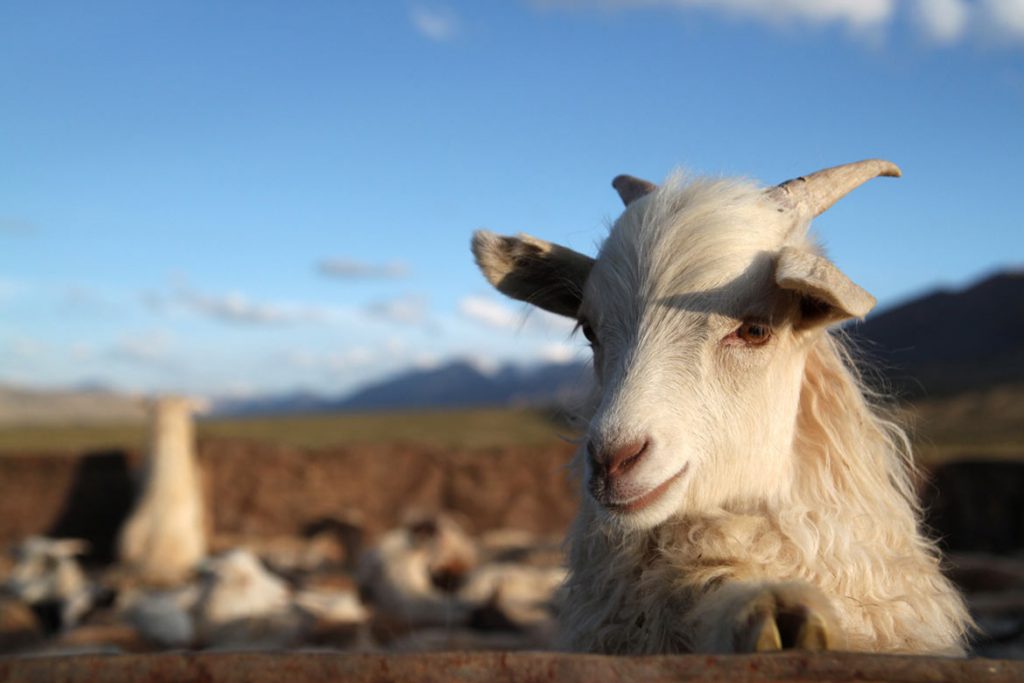
The story of Pashmina begins in the high-altitude regions of the Himalayas, particularly in countries such as Nepal, India, and Tibet. Here, in the harsh and remote terrains of these mountainous landscapes, lives the indigenous Changthangi or Pashmina goat. These goats have adapted to the extreme cold by developing a fine, soft underbelly coat, which is the Cashmere wool.
The process of obtaining Cashmere wool is a delicate and labour-intensive one. It occurs during the spring moulting season when the goats naturally shed their winter coats. Artisans meticulously process the collected fleece and later sort it to separate the ultra-fine Cashmere fibres from the coarser outer hairs. Then artisans process these into yarn for weaving and further processing.
Exceptional Softness and Quality
What sets Pashmina apart from others is the fineness of its Cashmere fibres. These fibres typically measure between 12 to 15 microns in diameter, making them incredibly thin and soft. To put this into perspective, these fibres are finer than human hair.
The fine diameter of Cashmere fibres allows weavers to weave them into fabrics with exceptional softness and a luxurious feel. When you touch a Pashmina shawl or scarf, you experience a level of softness that is hard to replicate with other materials. This remarkable softness against the skin is one of the defining characteristics of Pashmina.
Lightweight Warmth
Despite their fine texture, Cashmere fibres have natural insulating properties that provide remarkable warmth without the bulk commonly associated with heavier winter fabrics. Pashmina products offer excellent insulation by trapping warm air close to the body. This makes them an ideal choice for colder weather while still allowing for comfort and ease of movement.
Versatile Fashion Accessory
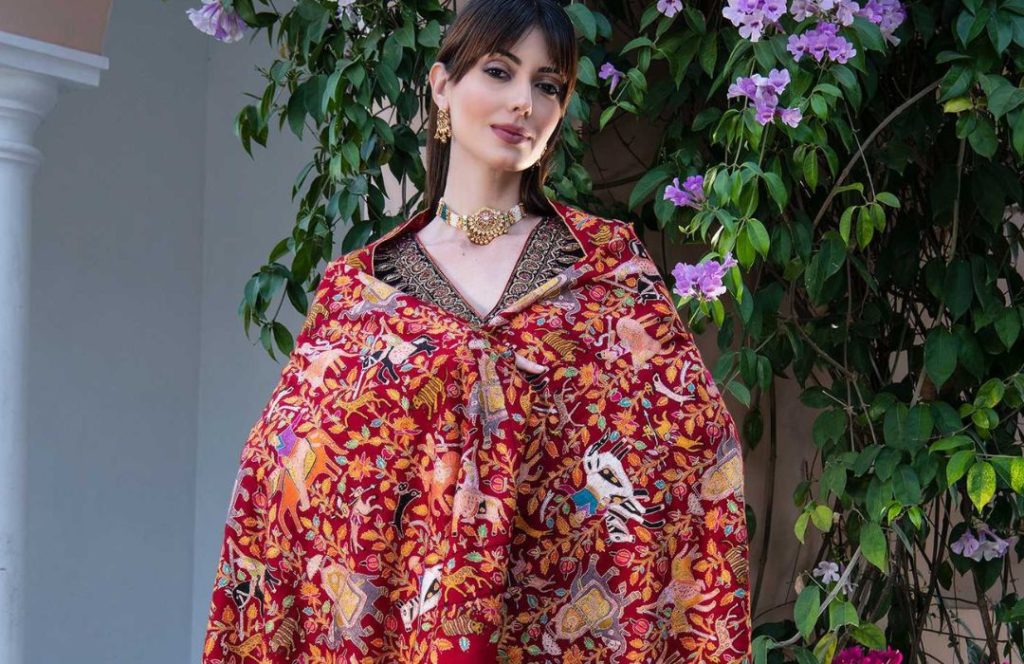
Pashmina is highly versatile when it comes to fashion. Pashmina products, such as shawls, scarves, wraps, and even blankets, come in various sizes and designs. This generous size hence allows for a myriad of ways to wear them. You can drape a Pashmina shawl over your shoulders for an elegant and classic look or wrap it around your neck as a scarf for added warmth. The fine fabric drapes beautifully and adds a touch of sophistication to any outfit.
These shawls and scarves are equally at home with casual attire or formal wear. Whether you're wearing jeans and a t-shirt or a cocktail dress, a Pashmina shawl can effortlessly elevate your style. The versatility of Pashmina shawls makes them suitable for various occasions, from everyday wear to special events.
History of Pashmina
The history of Pashmina is intertwined with the rich cultural heritage of the Himalayan region, particularly Kashmir, India. Pashmina, often referred to as "soft gold" or "the king of fibres," has a fascinating and centuries-old history:
Ancient Origins of Pashmina
The origins of Pashmina go back to ancient times. In fact, evidence of its use dates back to over 2,000 years. Artisans have been practising the art of weaving Pashmina shawls and scarves in the Kashmir Valley for generations. Cashmere wool from the Pashmina goat, known as "Pashm" in Persian, served as the raw material for these exquisite textiles.
Persian Influence over Pashmina
The term "Pashmina" itself comes from the Persian word "pashm," which means wool. This reflects the Persian influence on the trade and appreciation of Pashmina. Historical accounts suggest that Persian rulers and traders played a significant role in introducing Pashmina to the wider world.
Royal Favour
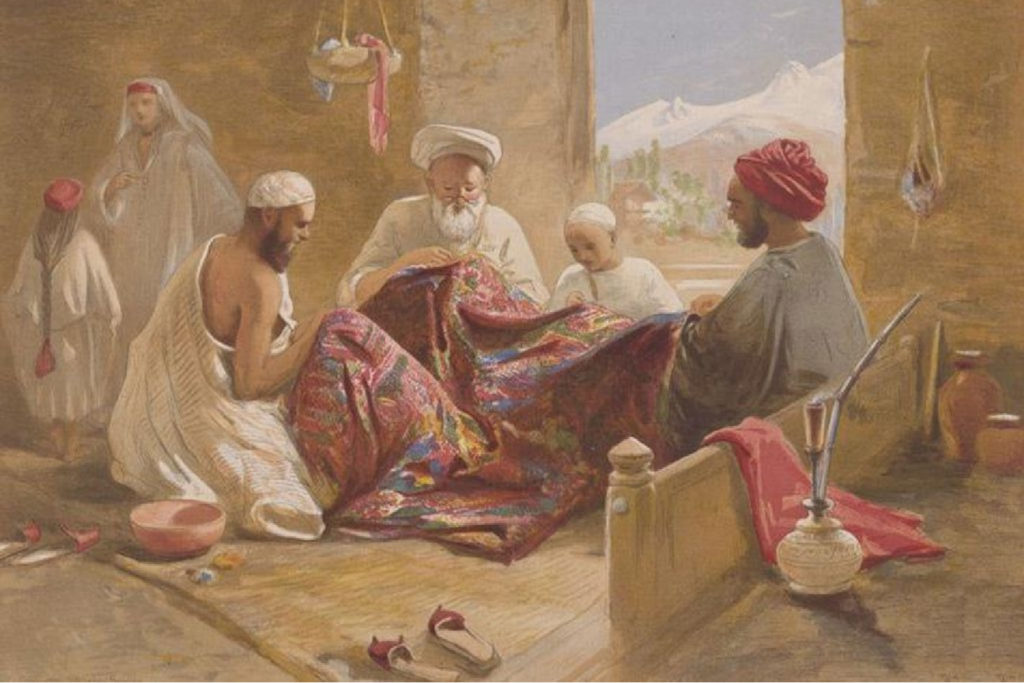
Pashmina shawls gained favour among Indian royalty and aristocracy, including Mughal emperors and Rajput kings. The Mughal period (16th to 18th centuries) saw a flourishing of Pashmina art, with the Mughal emperors Akbar, Jahangir, and Shah Jahan being notable patrons of this exquisite textile. Pashmina shawls adorned the royal courts and became prized possessions.
European Fascination
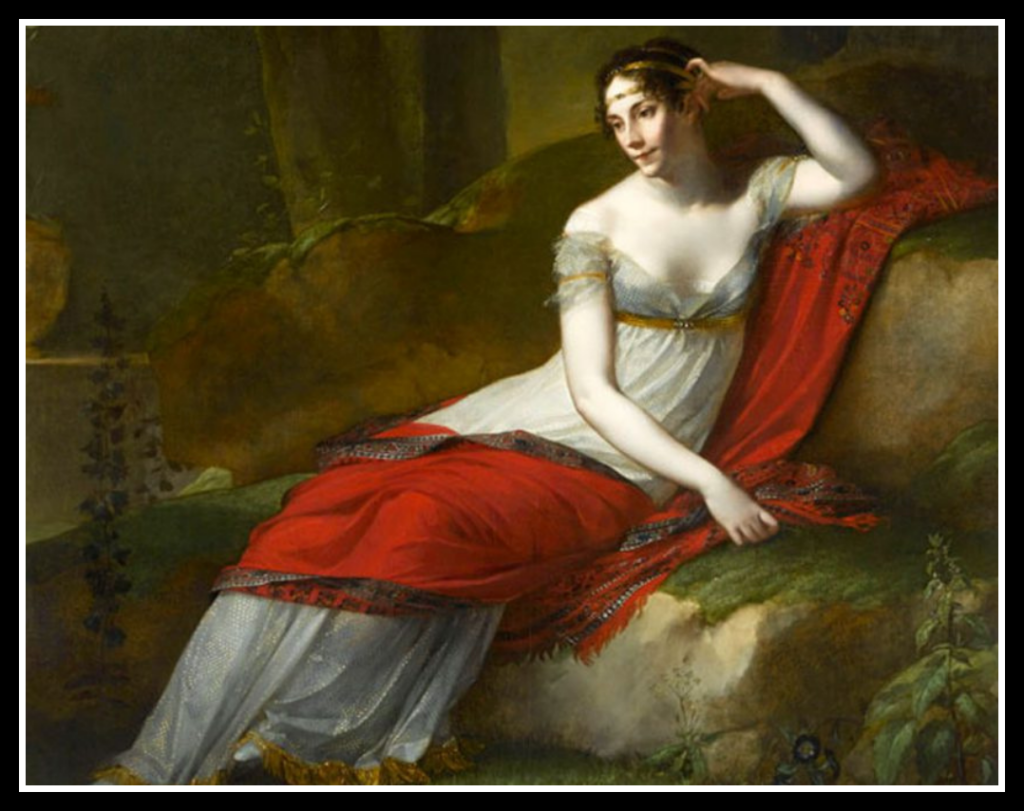
In the 18th and 19th centuries, Pashmina shawls captured the fascination of European aristocracy and fashion-conscious individuals. These luxurious shawls became highly sought-after items in Europe, particularly in France and England. Napoleon Bonaparte's first wife, Empress Josephine, was popular for her collection of Pashmina shawls.
Weaving Traditions of Pashmina
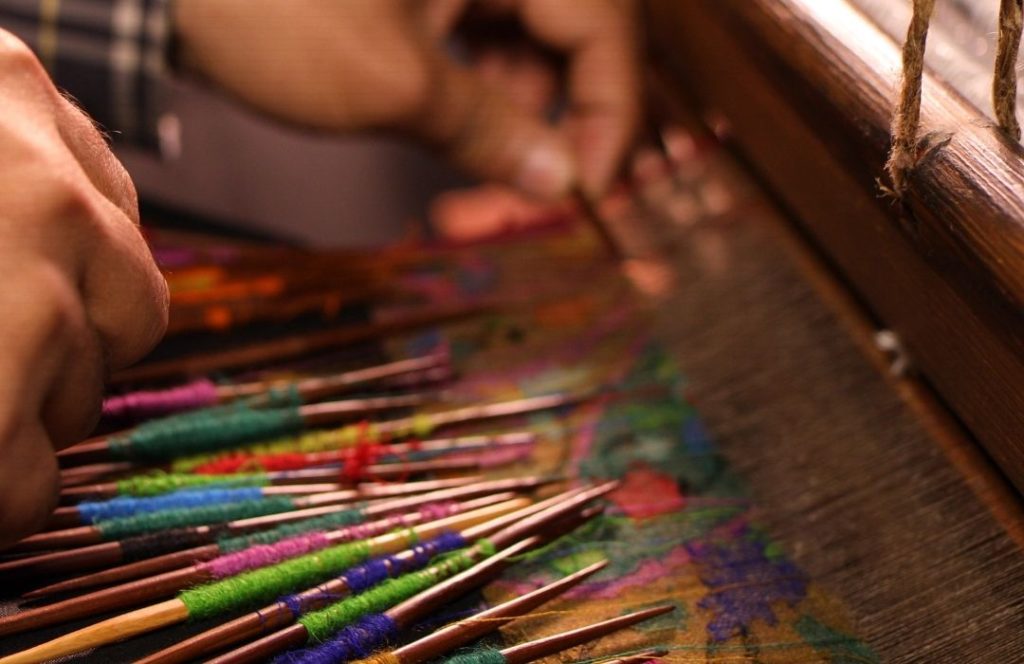
The art of weaving Pashmina has passed down through generations of Kashmiri artisans. The skilled craftsmen and women of the Kashmir Valley developed intricate weaving techniques, such as Kani weaving, to create exquisite patterns and designs on Pashmina shawls.
Products made from Pashmina
Kashmiri artisans handcraft a large number of products from Cashmere wool. These come under the realm of Pashmina. Here is a list of products that artisans make from Cashmere
Pashmina Shawls

Pashmina shawls are highly popular for their exceptional softness and warmth. People often use these as elegant cover-ups for formal occasions or as stylish additions to everyday outfits.
Pashmina Scarves
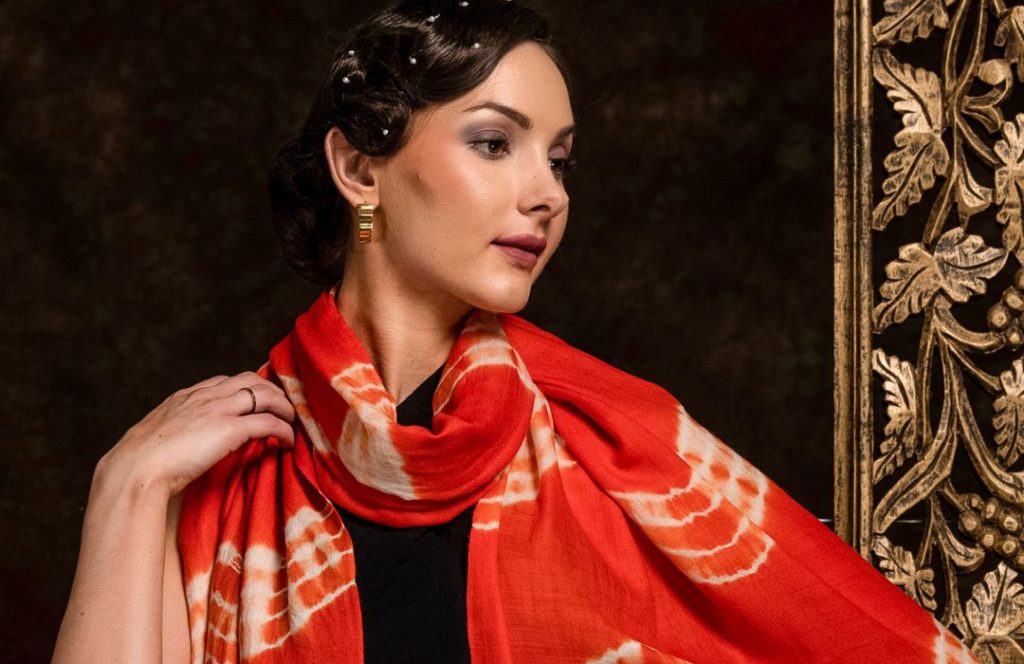
Pashmina scarves are versatile accessories that one can drape around the neck or wear in various styles. They provide both warmth and fashion, making them suitable for any season. Note that Pashmina scarves are made from only Cashmere wool.
Pashmina Apparel
The art of Pashmina helps to create a range of clothing items, including Pashmina Sweaters, dresses, coats, sweaters and cardigans. All of these wearables are exceptionally soft and warm.
Pashmina Accessories
Cashmere wool is used to craft a variety of fashion accessories, such as Pashmina gloves, Pashmina hats, Pashmina socks, and Pashmina headbands. These accessories are immensely luxurious and often chosen by those with the most classy taste in art
Pashmina Home Furnishings
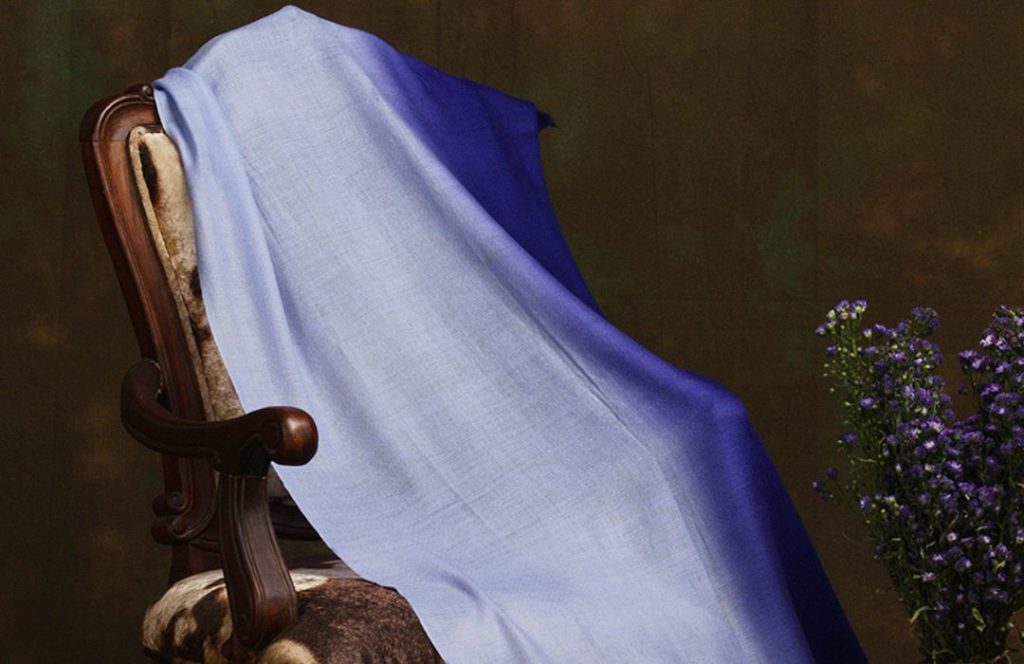
Makers never limit Pashmina to clothing; they also use it in home decor. Some Pashmina home furnishing items include cosy Pashmina throws, luxury Pashmina cushion covers, opulent Pashmina curtains, and exquisite Pashmina rugs.
What is a Scarf?
A scarf is a versatile and timeless fashion accessory that has been an integral part of clothing across various cultures and throughout history. This simple yet stylish piece of fabric, typically worn around the neck, serves both practical and aesthetic purposes. Here, we delve into the world of scarves, exploring their origins, styles, materials, and the many ways they enhance our wardrobe and personal style.
Also read: PASHMINA CRAFT - A PIONEER OF SUSTAINABLE FASHION
Origins and History of Scarves
Researchers have traced the history of scarves back thousands of years. Scarves, or similar cloth pieces, would be worn by people across different civilizations for diverse reasons. Here are some key points about their origins and historical significance:
- Functional Beginnings: Scarves initially served functional purposes. In ancient China, warriors used scarves made of cloth to wipe sweat from their faces and protect their necks from the elements. Similarly, Roman soldiers wore scarves as a part of their uniforms for warmth and comfort.
- Religious and Cultural Significance: Scarves have held religious and cultural importance in various societies. For instance, in Islam, the "keffiyeh" or "shemagh" scarf is worn as a symbol of faith and protection from the sun. In Sikhism, the "dastaar" or turban is a prominent headscarf.
- Fashion Evolution: Scarves gradually evolved from functional garments to fashionable accessories. During the 19th century, European women began wearing silk scarves as part of their attire, and they became a symbol of sophistication and wealth. The Art Nouveau movement further popularized decorative scarf designs.
Materials used to make scarves
Scarves come in a multitude of styles, shapes, and materials, allowing for endless versatility in fashion. Here are some common styles and materials:
- Pashmina Scarves: Made from the fine Cashmere wool of Pashmina goats, these scarves are incredibly soft and warm. Patrons often associate these with luxury and favour them for their elegance.
- Silk Scarves: Silk scarves are famous for their smooth and lustrous texture, as they come from Silk. They are often used to add a touch of sophistication to formal attire.
- Wool Scarves: Wool scarves, including merino and lambswool, provide warmth and come in various textures, from fine weaves to chunky knits.
- Cotton Scarves: Lightweight and breathable, cotton scarves are ideal for warm weather and casual outfits. These are casual scarves which people wear in hot summers.
- Linen Scarves: Linen scarves are perfect for summer, as linen is highly breathable and wicks away moisture. These look pretty dainty and luxurious when worn in classic knots, muffler style and bandana style.
Features of Scarves
Scarves are versatile and timeless fashion accessories known for their ability to enhance both style and functionality. These versatile pieces of fabric offer a wide range of features that make them an integral part of fashion culture. Here, we explore the various features of scarves, highlighting their importance in both fashion and everyday life.
Warmth and Style
Scarves primarily provide warmth and comfort. This is the reason designers design them. By wrapping a scarf around your neck, you can create a barrier that helps to trap heat and protect against cold weather. This feature makes scarves essential during the fall and winter seasons, as they keep the neck and upper chest warm and cosy.
If the scarf is made out of cotton or silk, you can wear it in summer as a stylish accessory.
Seasonal Adaptability
Scarves are suitable for all seasons, not just winter. Lightweight scarves made from breathable materials like cotton, linen, or silk are perfect for spring and summer. They offer a touch of style and can protect against the sun's rays or provide a cover-up on cool summer evenings. On the other hand, thicker scarves made from wool or cashmere provide insulation in colder months.
Style and Fashion
One of the most prominent features of scarves is their ability to enhance personal style. Scarves come in a vast array of colours, patterns, and textures, making them versatile accessories for fashion-conscious individuals. Whether you choose a classic solid colour, a bold pattern, or a textured fabric, scarves allow you to express your unique style and add a pop of colour or sophistication to any outfit.
Versatility in Styling
Scarves are incredibly versatile in terms of the ways one can style them. There are numerous ways to wear a scarf, each creating a different look. Some common scarf styling options include draping, looping, knotting, or wrapping. The versatility of scarves allows you to adapt them to various outfits and occasions.
Protection from the Elements
Scarves offer protection from the elements, including wind, rain, and snow. By wrapping a scarf around your neck and lower face, you can shield yourself from biting winds and harsh weather conditions. In regions with cold climates, scarves are essential for staying warm and protected during the winter months.
Comfort and Softness
Scarves made from soft and luxurious materials, such as cashmere, silk, or modal, provide a level of comfort that is unmatched. The sensation of these fine fabrics against the skin is incredibly soft and soothing, making scarves not only fashionable but also comforting to wear.
Cultural and Symbolic Significance
Scarves often hold cultural or symbolic significance in various regions and communities. They can represent identity, beliefs, or affiliations. For example, in Sikhism, turbans, which are a type of scarf, hold deep religious and cultural importance. Similarly, traditional patterns and designs on scarves can carry historical or cultural symbolism.
Travel Companion
Scarves are excellent travel companions. They serve various purposes, such as keeping you warm on cold flights, acting as versatile cover-ups in places of worship or conservative areas, and adding style to your vacation outfits. Scarves are lightweight and easy to pack, making them a practical addition to your travel essentials.
Gender-Neutral
Scarves are typically gender-neutral accessories. People of all genders and ages wear them. This makes them an inclusive and versatile addition to anyone's wardrobe.
Hair Protection
Scarves are frequently used to protect the hair from damage. They shield the hair from wind, dust, and pollution, helping to maintain its health and style. Scarves are popular as head coverings or wraps in many cultures. These can be used to create beautiful and functional headscarf styles.
Protection Against Allergens
In dusty or polluted environments, scarves can serve as a barrier to help protect against allergens and particles in the air. They can help filter out dust and allergens, providing some relief to individuals with allergies or sensitivities.
Quick Style Update
Scarves offer an easy and affordable way to update or refresh an outfit. Adding a different scarf can instantly give new life to clothing you already own. This feature makes scarves a sustainable choice in fashion, as they allow you to create new looks without constantly purchasing new clothing.
Enhanced Comfort During Travel
Scarves are useful during travel, whether for covering up during long flights, providing extra warmth on a cold train journey, or offering sun protection on a sunny day. Their multi-functional nature makes them an essential travel accessory.
Statement Piece
Scarves can be statement pieces that draw attention and express your personality. Bold patterns, vibrant colours, or unique textures can make a scarf the focal point of your outfit, allowing you to make a fashion statement effortlessly.
Also read: WHAT IS THE WARMEST MATERIAL TO WEAR IN WINTER?
Differences between Pashmina and Scarf
Owing to the confusion that many individuals have between a scarf and Pashmina, a few use the terms interchangeably. But it is not so. Here's a breakdown of the key differences between a scarf and a Pashmina:
Material
- Scarf: Artisans craft scarves from a wide range of materials, including cotton, silk, wool, acrylic, polyester, Cashmere and blends of these fabrics. The choice of material affects the scarf's texture, weight, and warmth.
- Pashmina: Pashminas specifically come from the fine wool of the Pashmina goat. The goat is native to the Himalayan region. This wool is famous for its exceptional softness and warmth. Pashmina is distinguished by the fine diameter of its fibres, typically measuring between 12 to 15 microns.
Size
- Scarf: Scarves come in various sizes, ranging from small neckerchiefs to larger wraps or shawls. The size of a scarf can vary based on its intended use and style.
- Pashmina: Pashmina shawls or scarves are generally larger than standard scarves. They are typically wider and longer and hence provide more versatility in how one can wear or drape them.
Texture
- Scarf: The texture of a scarf can vary significantly depending on the material. For example, silk scarves have a smooth and luxurious texture, while woollen scarves may have a coarser or more textured feel.
- Pashmina: Pure Pashmina is famous for its incredibly soft and smooth texture. It has a luxurious and velvety feel against the skin.
Warmth
- Scarf: The warmth of a scarf depends on the material artisans make it from. Woollen and cashmere scarves are famous for their insulating properties and provide good warmth in cold weather.
- Pashmina: Pashminas are popular for their lightweight warmth. Despite their fine fibres, they offer excellent insulation and are ideal for cooler temperatures.
Versatility
- Scarf: Scarves are highly versatile and can be worn in various ways, including as neck wraps, headscarves, belts, or even as accessories on handbags. They come in a wide range of colours, patterns, and styles to suit different occasions and outfits.
- Pashmina: Pashmina shawls and scarves are versatile as well but are often associated with more formal or elegant occasions. They can be draped over the shoulders as shawls, wrapped around the neck as scarves, or used as accessories for eveningwear or special events.
Occasions
- Scarf: Scarves are suitable for both casual and formal occasions. They are a staple accessory for everyday wear and can also add a touch of style to formal attire.
- Pashmina: Pashmina shawls and scarves are often chosen for special occasions, such as weddings, parties, or upscale events. Their luxurious texture and elegant appearance make them a preferred choice for dressing up.
Conclusion
Hence, A scarf is a general term for a piece of fabric worn around the neck or shoulders for warmth or fashion. Scarves come in various materials, including cotton, silk, wool, acrylic, and blends. Their size and style can also vary significantly, from small neckerchiefs to larger wraps or shawls. The texture and warmth of a scarf depend on the material it's made from, with woollen and cashmere scarves being popular choices for colder weather. Scarves are highly versatile and can be worn in different ways, such as draped around the neck, used as headscarves, or even tied around the waist or as accessories on handbags. They come in a wide range of colours, patterns, and styles, suitable for both casual and formal occasions.
On the other hand, Pashmina refers specifically to the fine wool obtained from the underbelly of the Himalayan Pashmina goat. This wool is renowned for its extraordinary softness and lightweight warmth. Pashmina shawls and scarves are typically larger than standard scarves, allowing for more draping and styling options. The texture of pure Pashmina is exceptionally soft and smooth, offering a luxurious and velvety feel against the skin. While Pashminas are versatile and can be styled in various ways, they are often associated with more formal or elegant occasions due to their luxurious texture and elegant appearance. They are the preferred choice for dressing up at events like weddings, parties, or upscale gatherings.
Also read: WHAT IS PASHMINA WOOL & HOW IS IT DIFFERENT FROM OTHER WOOL?